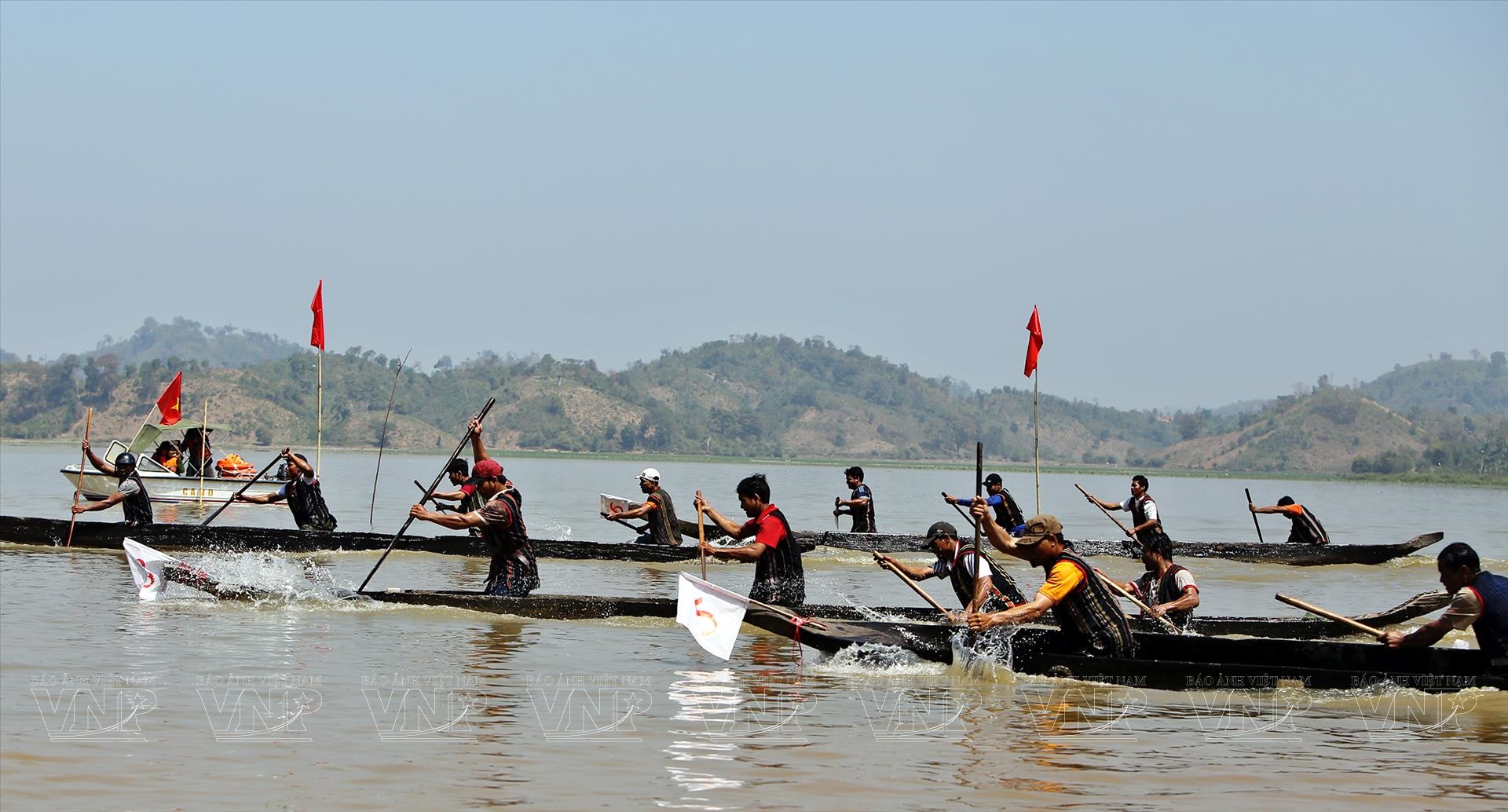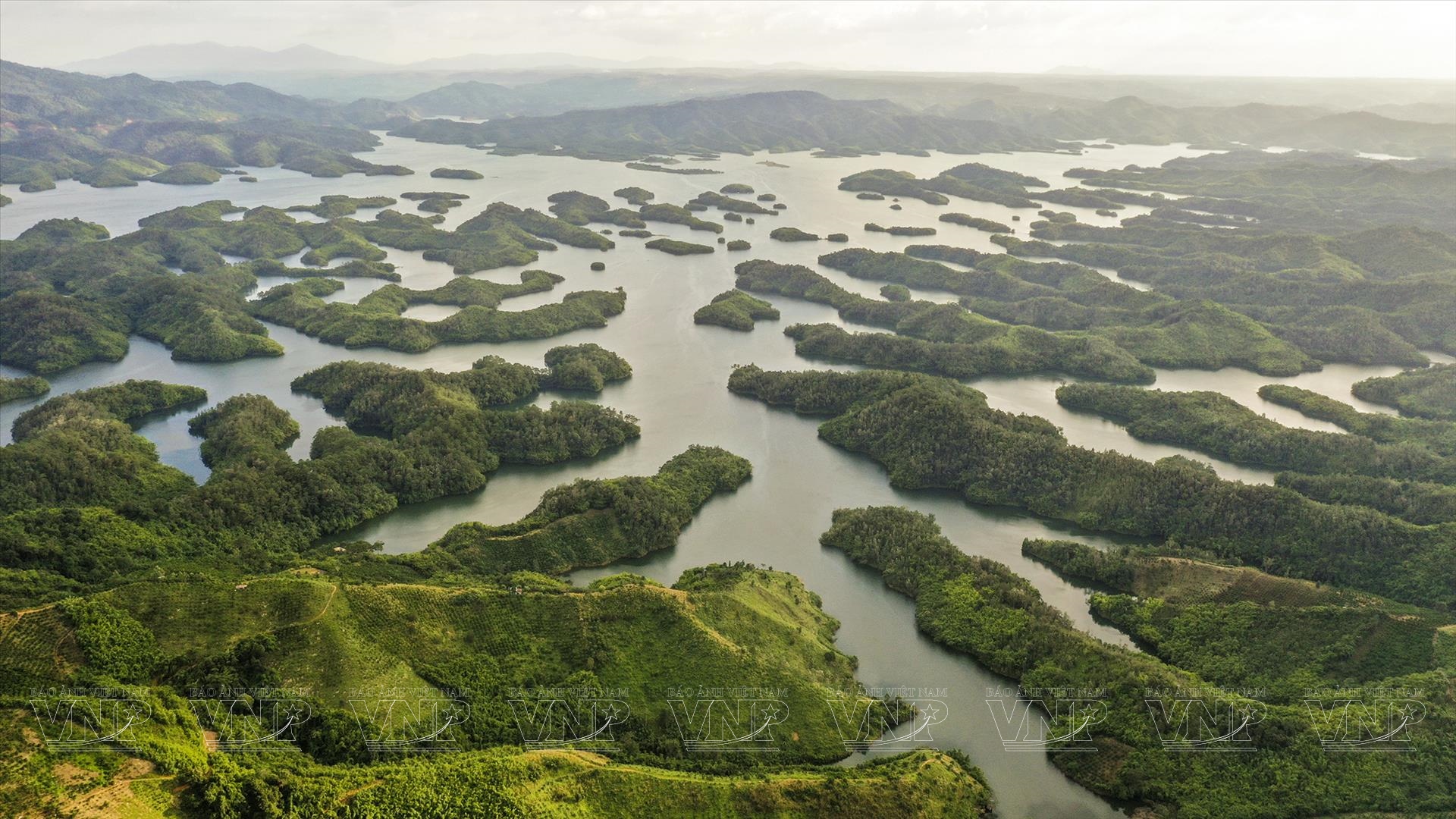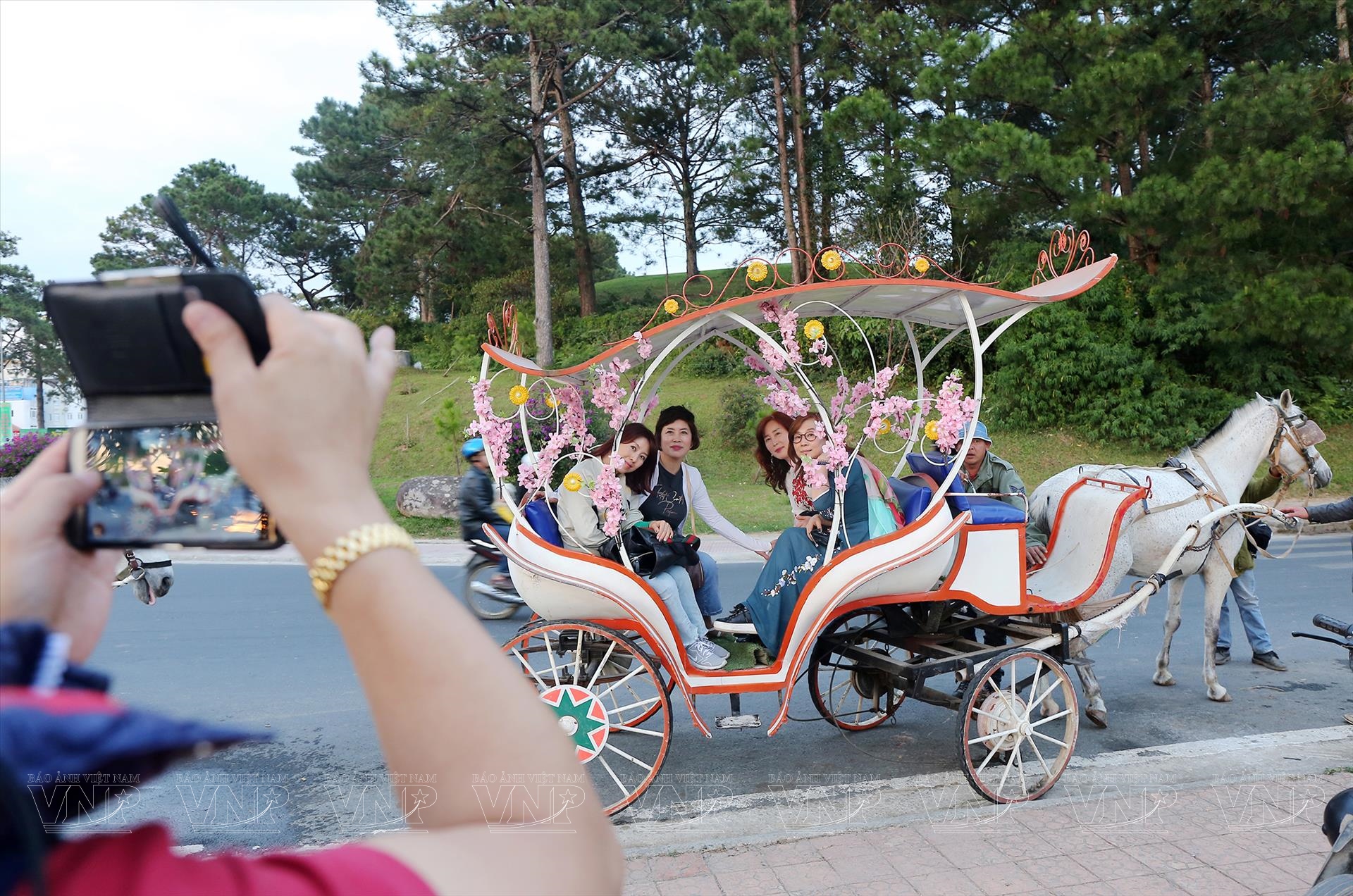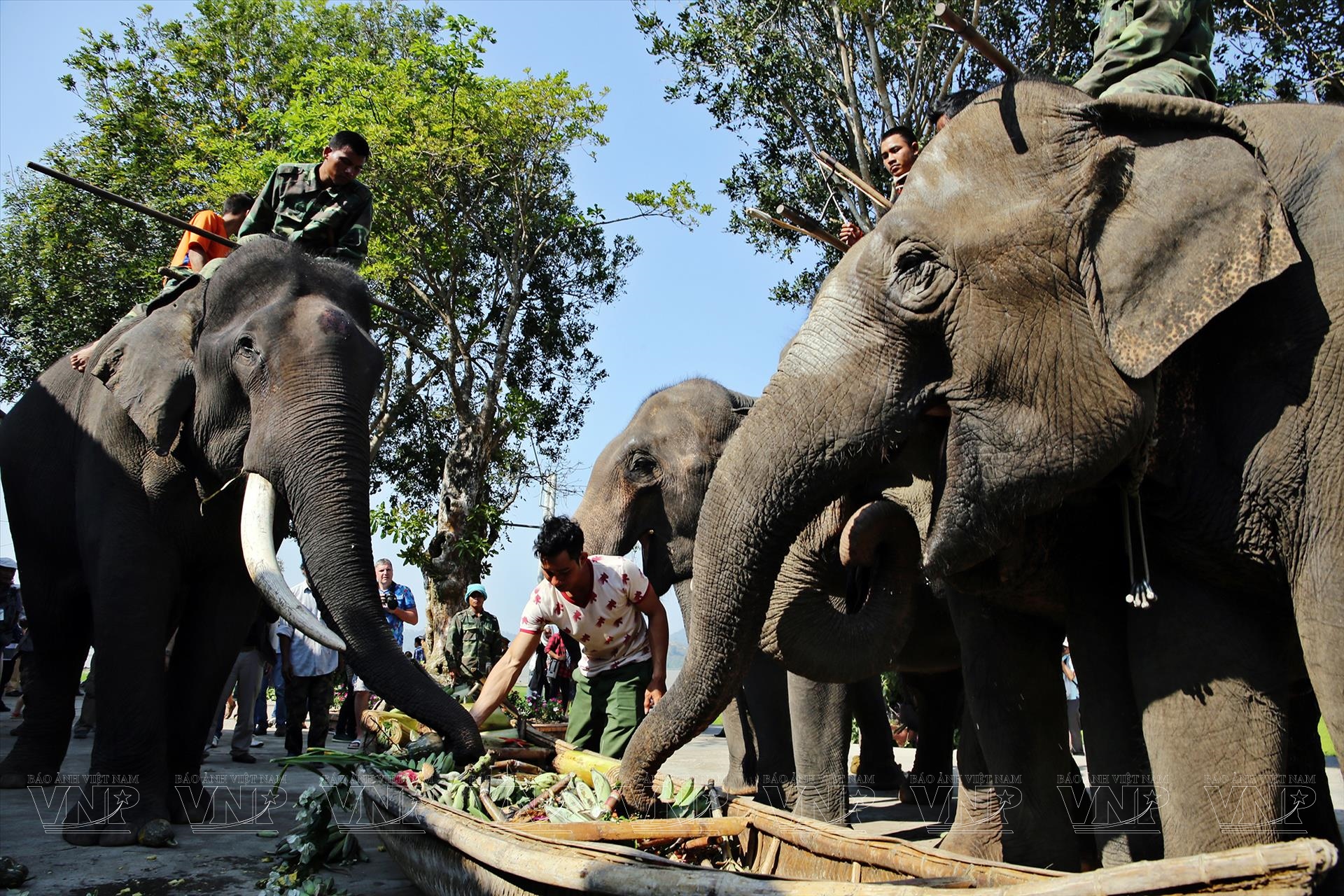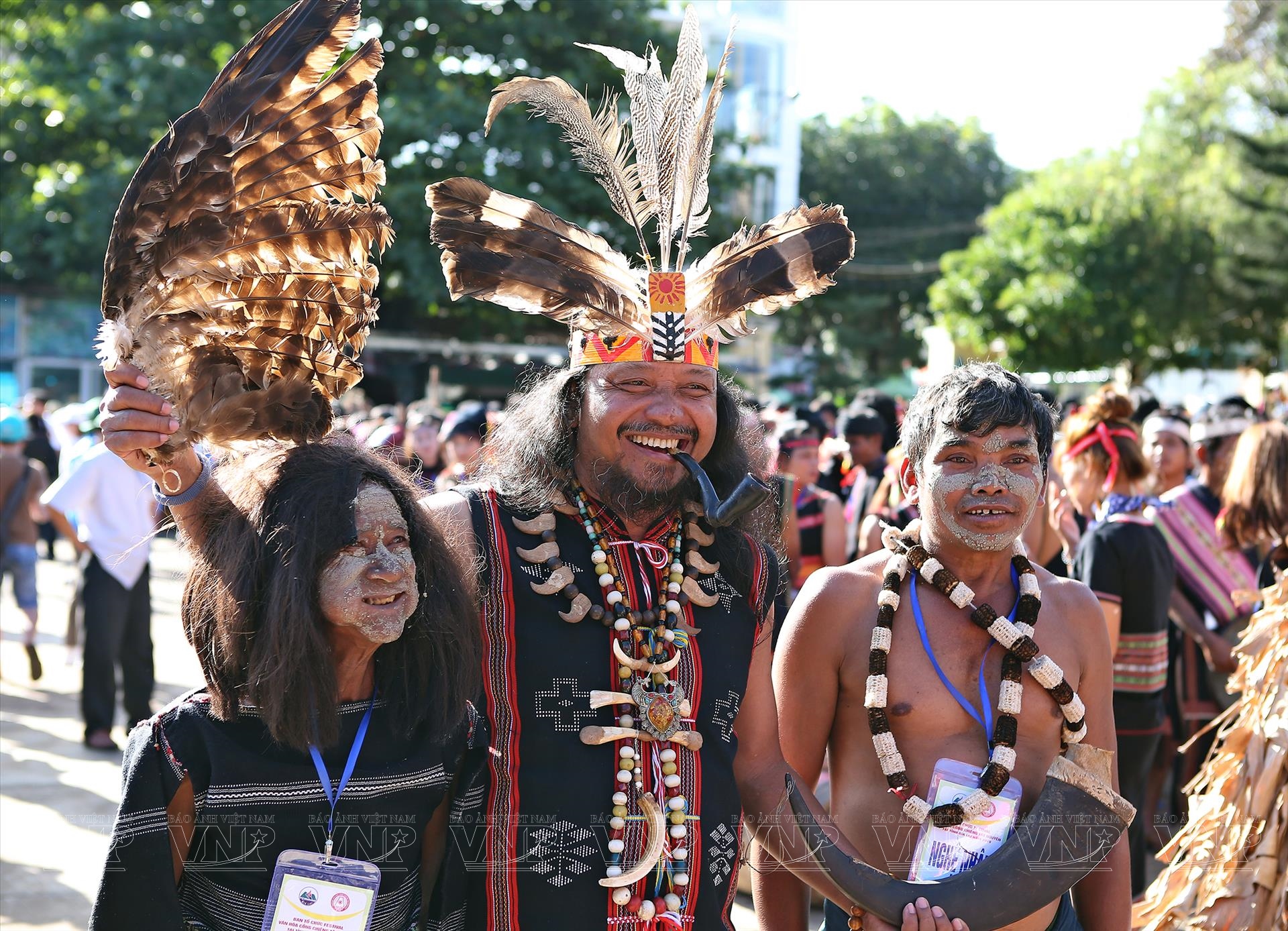The Key to Open the Door for the Central Highlands’ Tourism
With the spectacular natural landscapes of many hills, rivers, lakes, waterfalls and caves, and a great treasure of tangible and intangible cultural heritages of nearly 50 ethnic groups, Tay Nguyen (the Central Highlands) has great potential for developing various types of eco-tourism, resorts, exploration of culture, lifestyle, caves, mountains, forests, and adventurous sports.
The Legendary Central Highlands
At the end of the year when the Central Highlands is most beautiful, we followed National Highway 14 to the provinces of Kon Tum, Gia Lai, Dak Lak, Dak Nong and Lam Dong, then to Nha Trang and return to Quang Nam. Through our car windows, we all were amazed by the marvelous scenery of the mountainous area full of sunshine and wind with the basalt soil as red as the color of the Bombax ceiba and the bare and shriveled rubber forest after the trees have shed their leaves.
After the long trip, we arrived at the town of Pleiku in Gia Lai province in the late afternoon. At that time, the town was peaceful and the roads, rolling up and down the slopes were hidden in the afternoon mist, evoking a feeling of sadness that made my companion suddenly sing a song "The high mountain town, the mountain town is full of mist. The mountain town with green trees and the low sky is sad. The strange guest walks up and down…”. That is how the Central Highlands is, not appealing to tourists with five-star tourism services, but by the pristine beauty of villages, mountains and legendary stories of the community of the 49 ethnic groups.
During our journey, we stopped at many places and saw a magnificent natural picture of the Central Highlands. If Da Lat is quite cold, charming and dreamy like a young girl, Dak Lak, Dak Nong, Gia Lai and Kon Tum are the land of Nha rong (communal houses), Nha dai (long houses) and gong festivals held around a flickering fire.
The community of ethnic minorities, that include the Gia Rai, Ba Na, Xo Dang, Gie Trieng, Brau, Ro Mam, Hre Hre, Co Ho, Ede and M’nong, in the Central Highlands has a rich and diverse indigenous culture which is closely associated with hamlets, customs and festivals like the water wharf worshiping ceremony, new rice eating ceremony and elephant racing festival. There are also long nights listening to the village elders telling khan tales near the fire.
The Central Highlands still has many valuable tangible and intangible cultural heritages, namely stone instruments, gongs, communal houses, long houses, tomb house statues, festivals and folklore literature treasures passed down through generations. One of the most well-known heritages is the Space of Gong Culture in Central Highlands which was recognized by UNESCO as a Masterpiece of the Oral and Intangible Cultural Heritage of Humanity.
The Central Highlands consists of the five provinces of Kon Tum, Gia Lai, Dak Lak, Dak Nong and Lam Dong, covering a total natural area of 54,640.6 km2 (accounting for 16.5% of the whole country). It is located at the crossroads of the Vietnam - Laos - Cambodia border, adjacent to the North Central, South Central Coast and Southeast regions. It has been the home of 49 ethnic groups for a long time and has an important strategic position in terms of economy, politics, culture, society, national defense, security and foreign affairs.
Prof. To Ngoc Thanh, former Chairman of the Vietnam Folklore Association and a member of the Standing Committee of UNESCO's International Council for Traditional Music (ICTM) said, “Gongs are a spiritual bridge between humans, gods and the supernatural world. For thousands of years, gongs have been associated with the Central Highlands as an integral part of each person's life cycle and in almost all important community events”.
The Central Highlands’ culture has an irresistible attraction that is clearly seen in the story about the French ethnographer Georges Condominas (1921-2011). He lived in the Central Highlands for many years, ate M’nong food, spoke the M’nong language, wore loincloths, walked barefoot and worked in the terrace fields like a real M’nong man. He loved the Central Highlands so much that he once said: "I dream in the M’nong language”.
Therefore, it is not difficult to imagine the vivid life of ethnic minorities in the Central Highlands and their cultural heritage treasure that creates unique tourist identities of the land.
Coming to Listen to the Central Highlands’ Breath
"Coming to the Central Highlands to listen to the breath of the high mountains and thick forests” is a common saying of people who love the land with the whispers of land, water and ancient epics echoed from the past.
The discovery of Lang Biang peak by French doctor and explorer Alexandre Yersin (1863-1943) laid the foundation for the birth of the city of Da Lat. Then there were a series of expeditions by the French to search for the mystery of the Central Highlands.
After millions of years of changes in geological and geomorphologic structure, a system of extremely spectacular natural landscapes with many hills, rivers, lakes, waterfalls, caves and mountains was formed. It is an ideal condition for the development of various types of eco-tourism, resorts, mountain and cave exploration and adventure sports.
It is impossible not to mention Da Lat which has ideal natural conditions thanks to its location at an altitude of about 1,500m above sea level, a poetic natural landscape and a mild climate all year round, or Mang Den in Kon Tum province. The town was once planned to be made into the second Da Lat of the Central Highlands in the early twentieth century by the French.
The Central Highlands has a convenient transportation system connecting to regions and localities through the airports of Buon Ma Thuot (Dak Lak), Lien Khuong (Lam Dong), Pleiku (Gia Lai) and a road system connecting the provinces of Quang Nam, Binh Dinh, Phu Yen, Khanh Hoa and some provinces in the Southeast region.
In the Central Highlands, there are six national parks including Chu Mom Ray (Kon Tum), Kon Ka Kinh (Gia Lai), Yok Don (Dak Lak), Chu Yang Sin (Dak Lak), Bidoup Nui Ba (Lam Dong), Ta Dung (Dak Nong); two world biosphere reserves on the Lang Biang Plateau (Lam Dong) and Kon Ha Nung Plateau (Gia Lai). With the most diverse forest ecosystem in Vietnam, this place has become a fascinating destination for tourists who love adventure tourism, mountain climbing and waterfall and wild nature exploration.
The majestic Central Highlands has hundreds of rivers, streams, lakes, and waterfalls. These include the rivers of Dak Bla, Pa Co, Serepok, Krong Ana and Krong No; large and beautiful lakes such as Tuyen Lam, Dan Kia - Suoi Vang (Lam Dong), Ho Lak (Dak Lak), Bien Ho (Gia Lai); and waterfalls such as Dray Nur, Dray Sap, Lieng Nung, Gia Long, Trinh Nu, Phu Cuong, Luu Ly, Pongour, Cam Ly and Pren. All these wild and magnificent natural landscapes can be developed into ideal sightseeing spots.
The Central Highlands has Dak Nong Geopark which was awarded a UNESCO Global Geoparks certificate with a system of volcanic caves in basalt, over 10km long along with traces of prehistoric tribes living about 6,000 - 7,000 years ago. It is known by international experts as much larger and more attractive than the Manjanggul volcanic cave on Jeju Island- the tourism symbol of South Korea.
Story: Thanh Hoa - Photos: Cong Dat, Thanh Hoa & Thanh Giang - Translated by Nguyen Tuoi




